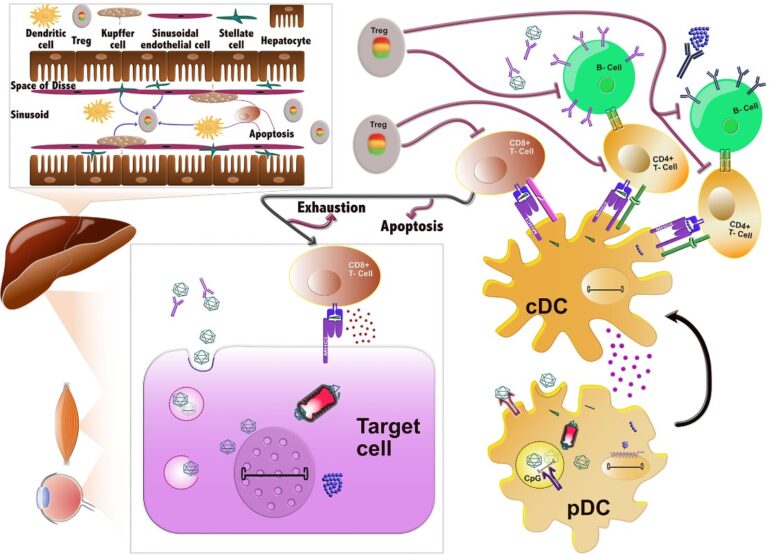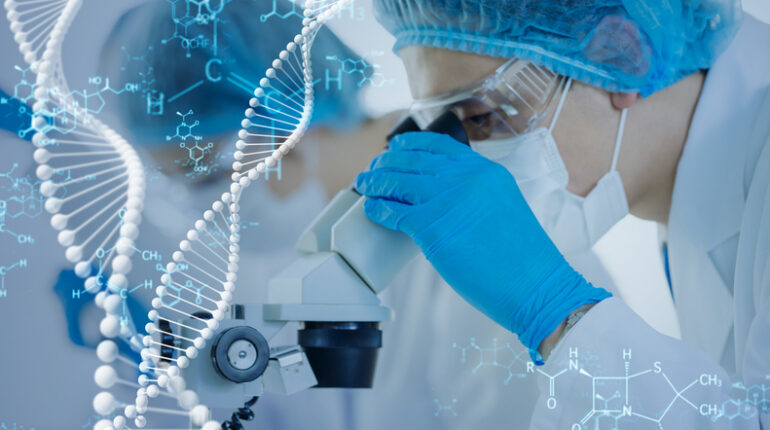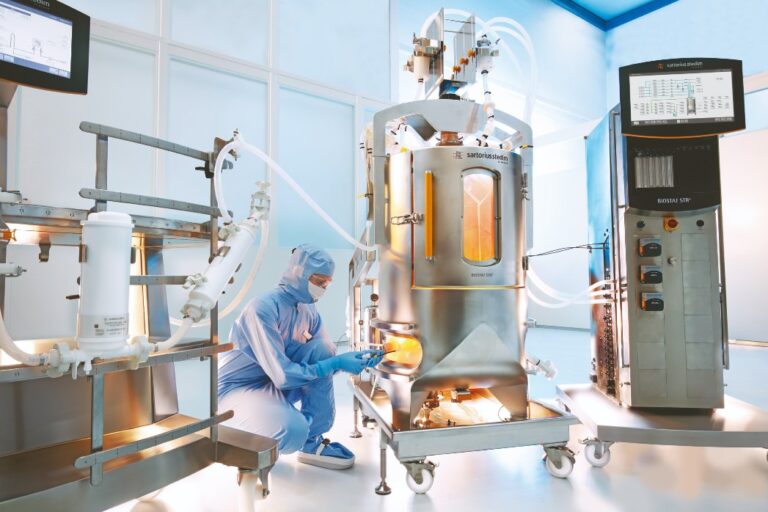Most customers are interested in finding the required time to move a viral vector product or vaccine from bench to bed. They want to know if there are shortcuts that can be used to make the process faster. Preclinical solid data derived from in vivo experiments with excellent efficacy is insufficient for rapid testing of the candidate product in human subjects. Getting from bench to bed involves a lot of work. Production and purification done during the research phase don’t meet GMP requirements.
During GMP virus production, you must demonstrate that the process is robust and the product should be within a narrow bandwidth. Expert know-how in regulatory needs is required to develop Good Manufacturing Practices (GMP) complaints. When creating and designing a production process, an R&D environment is ideal to ensure that the team keeps GMP regulations in mind. It also avoids the time-consuming, risky tech transfer process from development to GMP.
Grades of Virus Offered
- The research-grade virus – is suitable for drug discovery studies and basic research. The research-grade virus is produced in standard cell culture facilities. QC assays are done to ensure the virus is what ordinary customers require.
- GMP- like a virus – This virus is best for preclinical studies like animal metabolism tests and drug safety. It has to follow GMP guideline features so that the production and quality equate GMP with good documentation and traceability. This virus is expected to mimic the final GMP, but the cost should be lower and short timeline. A certificate of analysis should accompany the product when it is released.
- GMP virus – GMP virus should be produced in a certified GMP cell culture suite, and strict GMP guidelines should be adhered to. During the manufacturing process, comprehensive quality assurance is required. This plays a role in ensuring that the product meets regulatory standards and customer specifications. The next step will be to provide a release report that documents the GMP Virus production process.

GMP Virus Packaging
Comprehensive assay development should be offered alongside process testing to ensure product quality, characterization, and purity. Analysis should include the following:
- Impurities and purities
- Viral vector purity (silver staining, SDS-PAGE)
- Residual iodixanol (HPLC)
- Residual polyethyleneimine (SDS-PAGE)
- Residual host cell protein (ELISA)
- Residual host cell DNA (qPCR)
- Vector genomic titer (qPCR)
- Residual plasmid DNA (qPCR)
- Total particle titer (ELISA)
- Microbiological quality and safety
- Bioburden (direct vaccination)
- Endotoxin (LAL/ Color method)
Adeno-associated Virus (AAV)
Adeno-associated Virus is packaged in HEK293 cells under either serum-free suspension or adherent conditions (fixed-bed bioreactors or cell factories). They are also packaged in Sf9 suspension insect cells.

Lentivirus
Lentivirus (pseudotyped with VSV-G and 2nd and 3rd generation) are packaged in HEK293 under either serum-free suspension or adherent growth conditions.
Challenges in Virus Manufacturing
Below are challenges in the manufacturing of virus-based products in GMP environments.
Starting Materials
Materials used include starting materials, disposables, buffers, and medium. Materials used in a GMP complaint should be traceable, which means that virus seeds, plasmids, cell lines, and other raw materials need to be GMP compliant with certificates like sterility, TSE/BSE, and mycoplasma documenting their quality.
Aseptic Validation

Not all virus products are suitable for sterile filtration in downstream processing. Some viruses like measles, make it challenging to do a final sterile filtration. An aseptic process is required for measles virus seed production. It would help if you had validation when doing an aseptic technique, and execution cannot occur before it is validated.
Validation simulates DSP and the entire USP process. The simulation process does not use a traditional medium; instead, it uses a bacterial growth-promoting medium like TSB.
Producing three consecutive batches involves validation of the processes. The validation process includes testing the total processed volume and doing a growth promotion test, confirming the growth capabilities of the medium.
Personal Protective Equipment
There are additional challenges when working with biological agents with increased biosafety levels in GMP-controlled environments. You are not only required to operate under strict GMP conditions for product protection but you are also obliged to adhere to all safety precautions to protect the environment and operations from getting contaminated.
For example, they must have personal protective equipment needed when working with poliovirus and do not accommodate strict GMP regulations. Protective PPE-like gowns and mouth masks protect the user from exposure, while GMP-compliant gowning material reduces the introduction of particles into the cleanroom. Therefore, making a gowning regime that meets biosafety and GMP is challenging.
Biosafety

It is a challenge to work with a vesicular stomatitis virus (VSV) vector, which has recently gained popularity due to its oncolytic property. This virus is dangerous to castles, and its outbreak can cause a significant economic loss. One of the requirements when working with VSV is that you fumigate your cleanroom all the time. Fumigation is done with H2O2 and significantly impacts the environmental monitoring of gowning areas and clean rooms. It is essential to clean the facility after fumigation before initiating other production campaigns.
Directive 2009/120/EC
It was published on September 14th, 2009, and amended Directive 2001/83/EC, which relates to medicinal products required for use. Gene therapy products mean the biological product has the following characteristics;
- It contains an active substance consisting of recombinant nucleic acid administered to humans to regulate, add, repair, or design a genetic sequence.
- Its prophylactic therapeutic or diagnostic effects are directly related to a recombinant nucleic acid sequence that it contains. It also should relate to the product of gene expression of its sequence. Gene therapy medicinal products ought not to have vaccines against infectious diseases.
Conclusion
A high success rate in manufacturing virus-based clinical products is necessary. Therefore, it is essential to thoroughly understand regulatory needs. Production requires going the extra mile to reduce risks for customers, allowing a smooth transition within timelines and budget. GMP virus production customers always seek a broad range of clinical GMP manufacturing of all types of biopharmaceuticals at high speed, with reduced costs and a high success rate.

